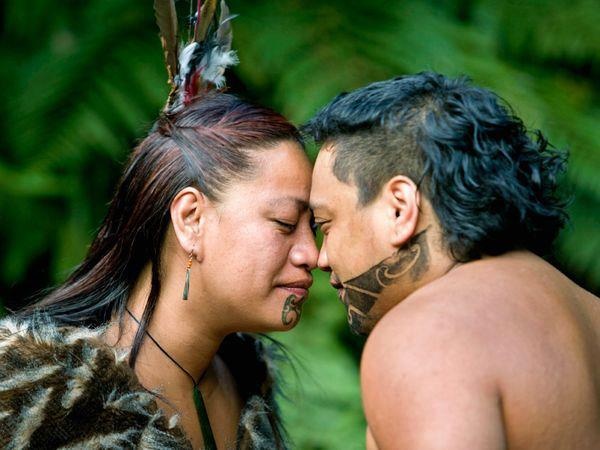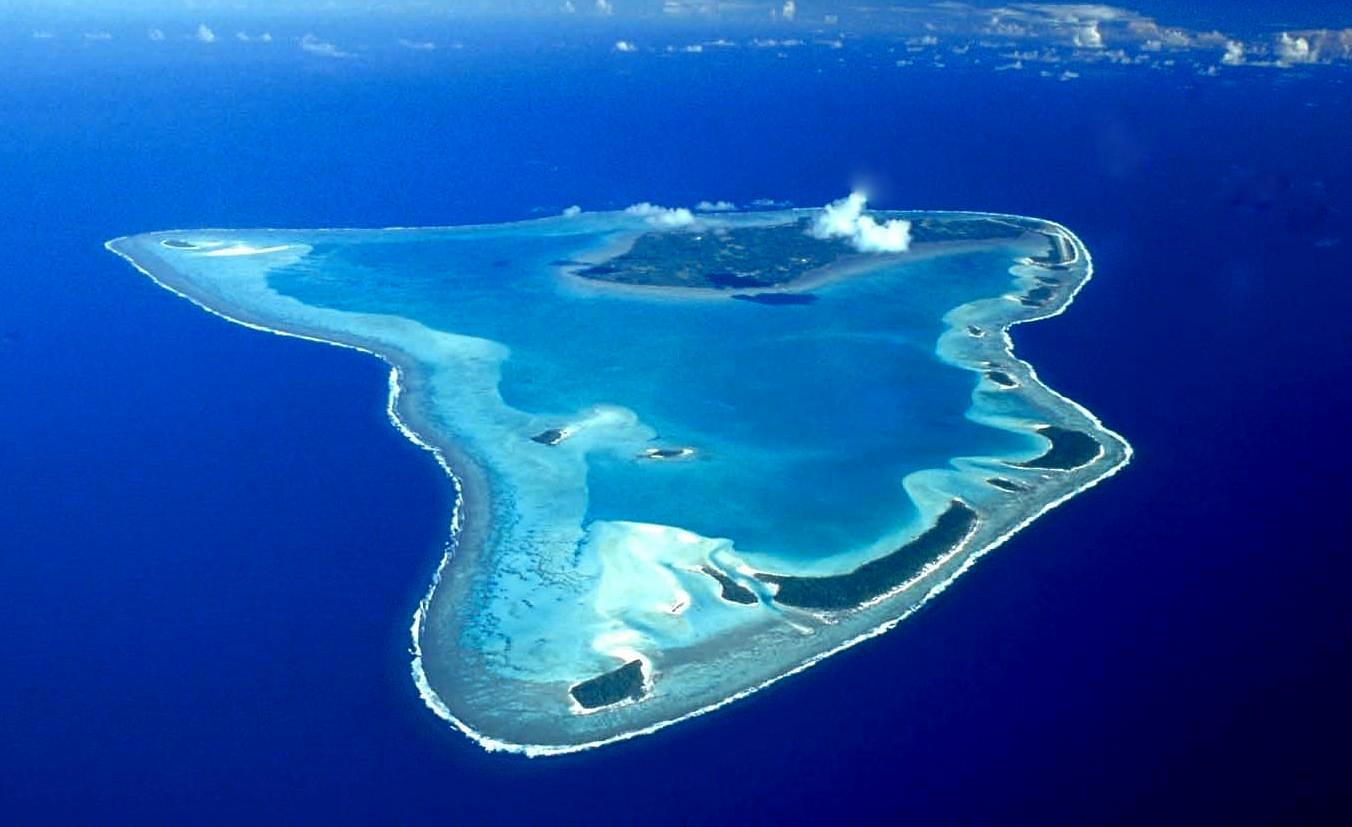My first couple days in Rarotonga was similar to what I had expected – beautiful people, extraordinary marine life and white sand beaches. Our home was in a missionary boarding house, directly across the from beach. I made a few friends with the local dogs and pigs.
 Above: backyard of the missionary in Rarotonga.
Above: backyard of the missionary in Rarotonga.
So forth during this trip we have spent a short period of time snorkeling to adjust to our on-hand equipment and observe our candidates for the next week and a half. As we snorkeled we saw many parrot fish, moorish idol, sea cucumbers, ghost crabs, eels and much more.
To top it off we had the chance to experience the 50th Independence Celebration where the community engaged in either the dancing, music or speculation thereof. The costumes of the dancers were intricately made: most woman wore belly shirts and skirts while men were had a bit less coverage, as culturally accepted during dance and musical celebrations. I was amazed by the talent and short period of time they had to practice (approximately a month). Each individual island and village was competing against the other, choosing a dance to perform to the viewers, although it felt more so that each island was in it together sharing the excitement and energy of the celebration.
Aitutaki has been an adventure of it’s own. Most of our equipment didn’t make it on the plane, although we are hoping to receive it tomorrow morning, the 30th. No worries. Luckily, an ok amount of our work can be done without all the materials we brought such as the S-BRASS monitoring. As of this morning, being on Aitutaki has presented us with much more time to explore these lagoons and their aquatic species as well. Cheers to the next 11 days here on the island.












